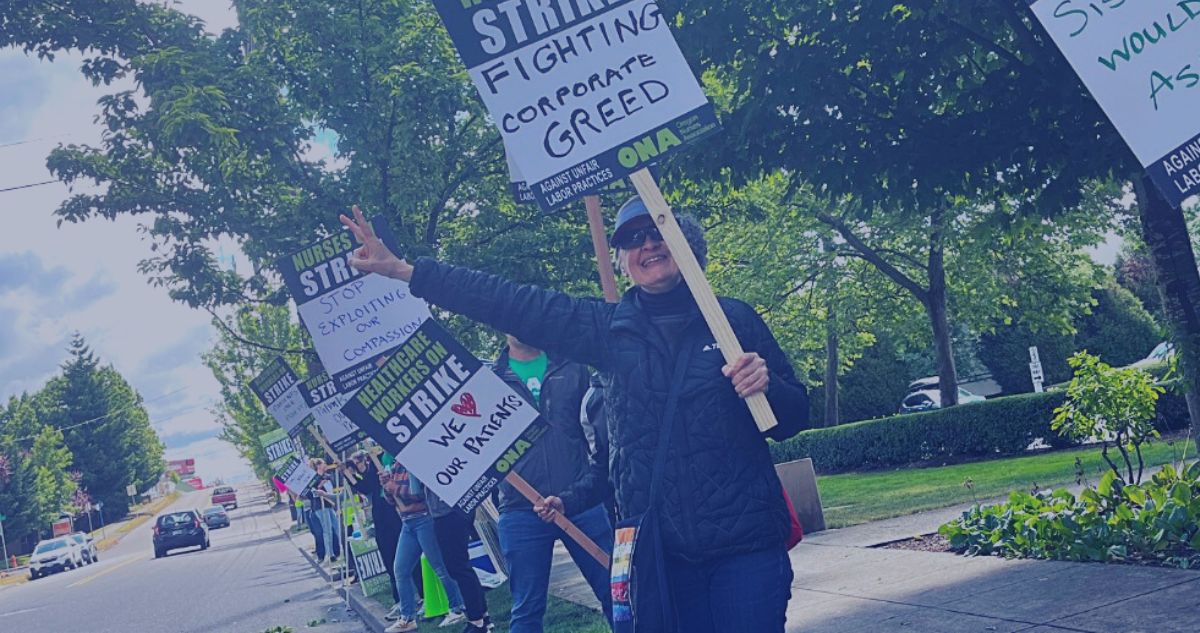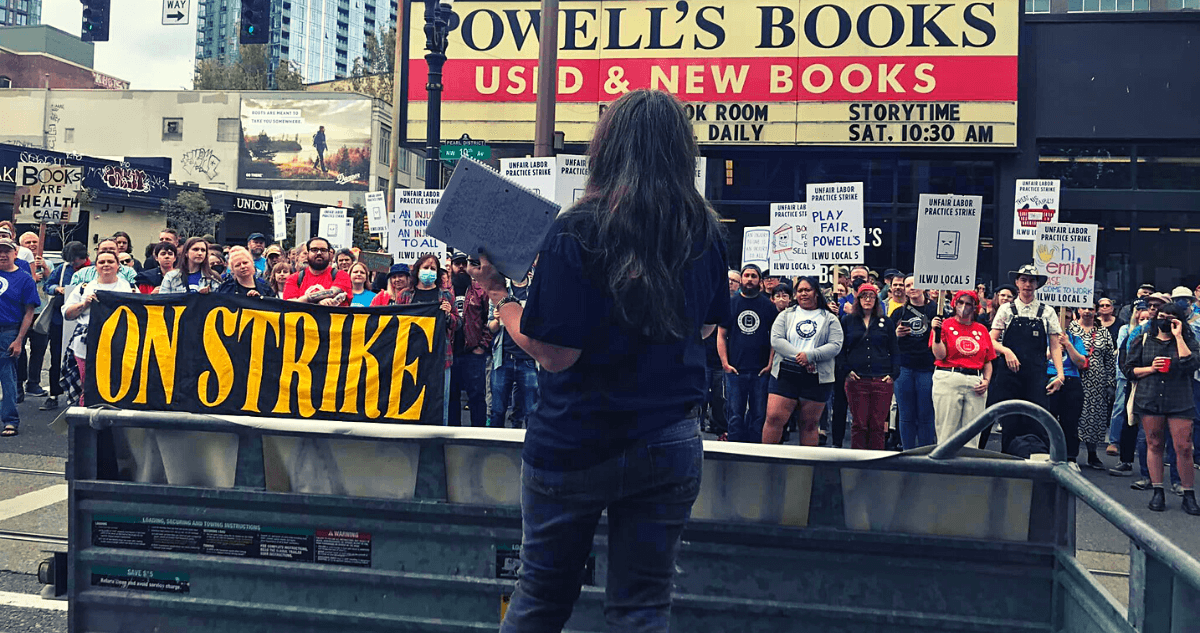The long-term decline in union representation in Oregon has contributed to the rise in income inequality, which now stands near record highs. Greater levels of union representation would help narrow income inequality.
For decades, top income earners in Oregon have garnered an ever-larger portion of the state’s economic benefits, while the broad group in the middle and below have lost ground. Between 1985 and 2015, the share of Oregon income going to the top 20 percent of earners grew by 25 percent, while the portion going to the bottom 60 percent shrank by 25 percent.

These trends have occurred at the same time unionization in the state has declined. Between 1985 and 2015, the share of Oregon workers represented by a union declined 38 percent.[1]
The decline in the unionized workforce helps explain the widening income gap, which stands at near record levels.[2] Research shows that erosion of unions nationally in recent decades accounts for about a third of the growth in wage inequality among men and about a fifth among women.[3]
By strengthening the hand of workers in bargaining for good wages, strong benefits, and a secure retirement, unions help workers capture more of the fruits of the economy. A union’s presence in an industry boosts wages for non-represented workers by virtue of its impact on industry-wide wage standards.[4]
A resurgence of union representation in Oregon would boost workers’ wages, while helping to promote more widely-shared economic prosperity.
[1] Barry T. Hirsch, David A. Macpherson, and Wayne G. Vroman, “Estimates of Union Density by State,” Monthly Labor Review, Vol. 124, No. 7, July 2001, pp. 51-55.
[2] Highest Earning Oregonians Pull Away, Oregon Center for Public Policy, October 4, 2017.
[3] In this fact sheet, we refer to the related concepts of income inequality and wage inequality. The official definition of income, defined as “money income” by the U.S. Census, includes wage earnings and other sources of earned and unearned income. See “Income Definitions.” “Wage” is a term that refers to a rate of pay, most commonly an hourly rate. Deunionization nationally can explain 33.9 percent of the growth of wage inequality among men, and 20.4 percent of the growth of wage inequality among women, from 1973 to 2007. Bruce Western and Jake Rosenfeld, Unions, Norms, and the Rise of U.S. Wage Inequality, American Sociological Review, 76(4) 513-537, 2011.
[4] Lawrence Michel, Unions, Inequality, and Faltering Middle-class Wages, Economic Policy Institute, August 29, 2012.








